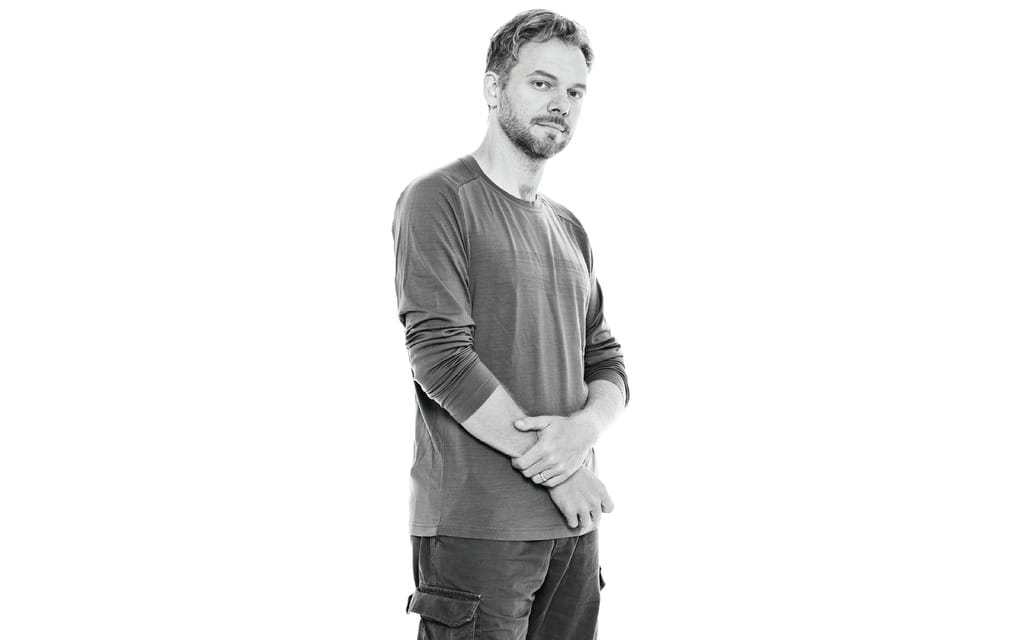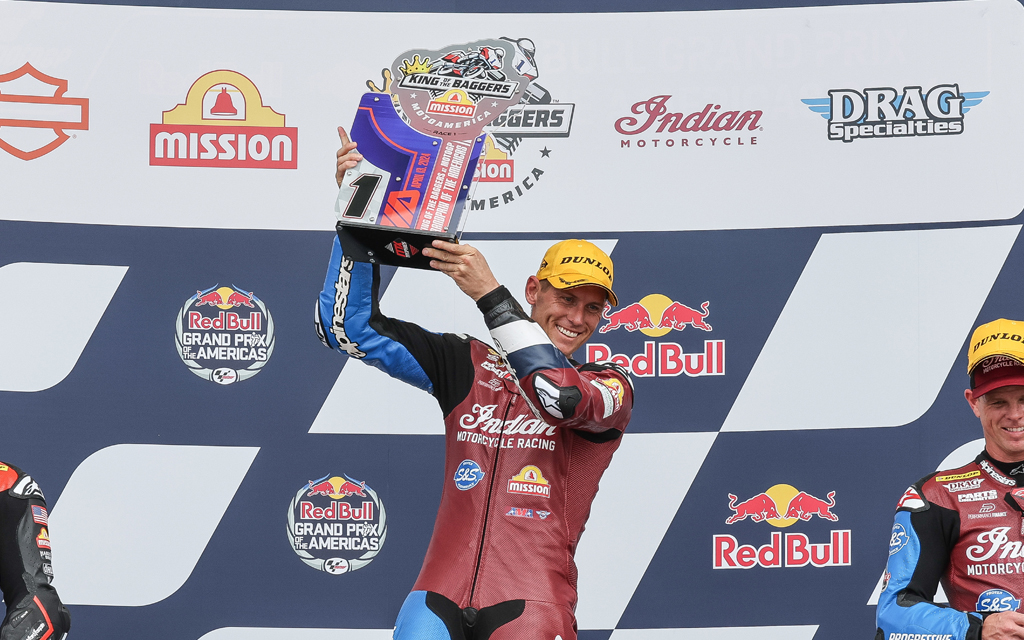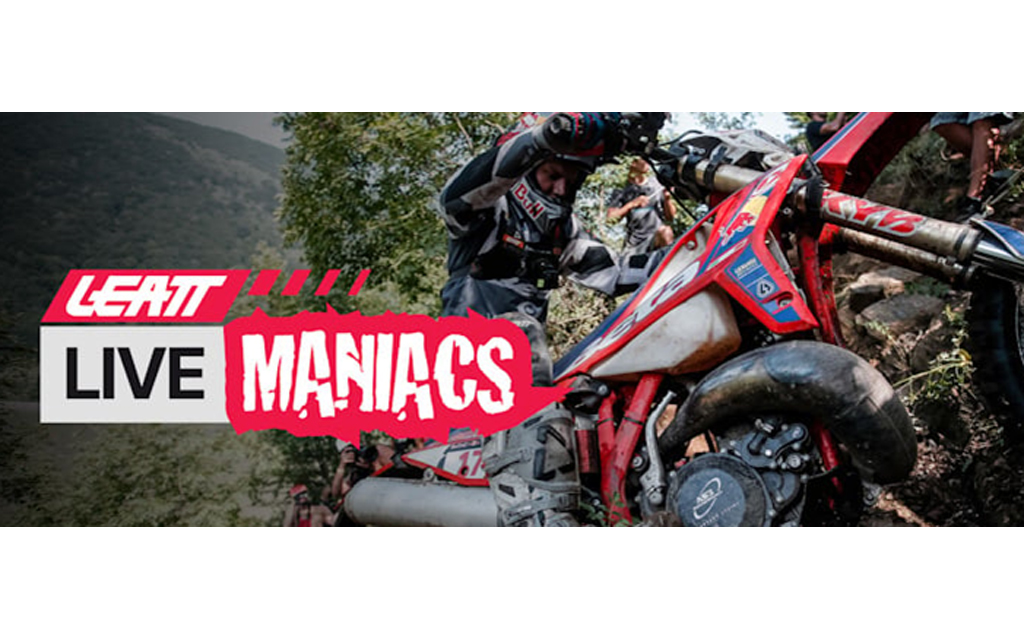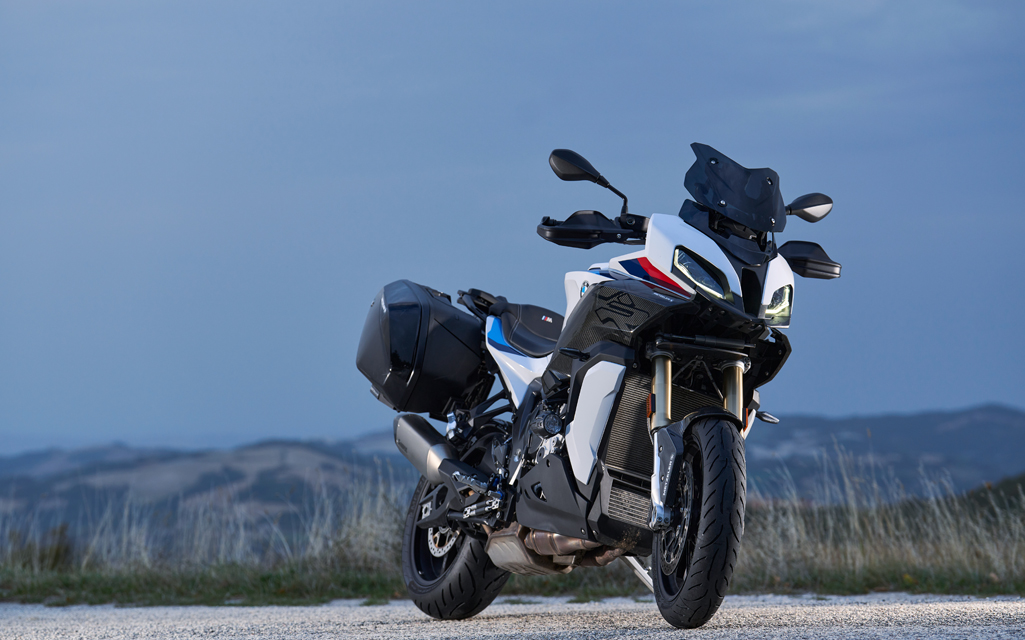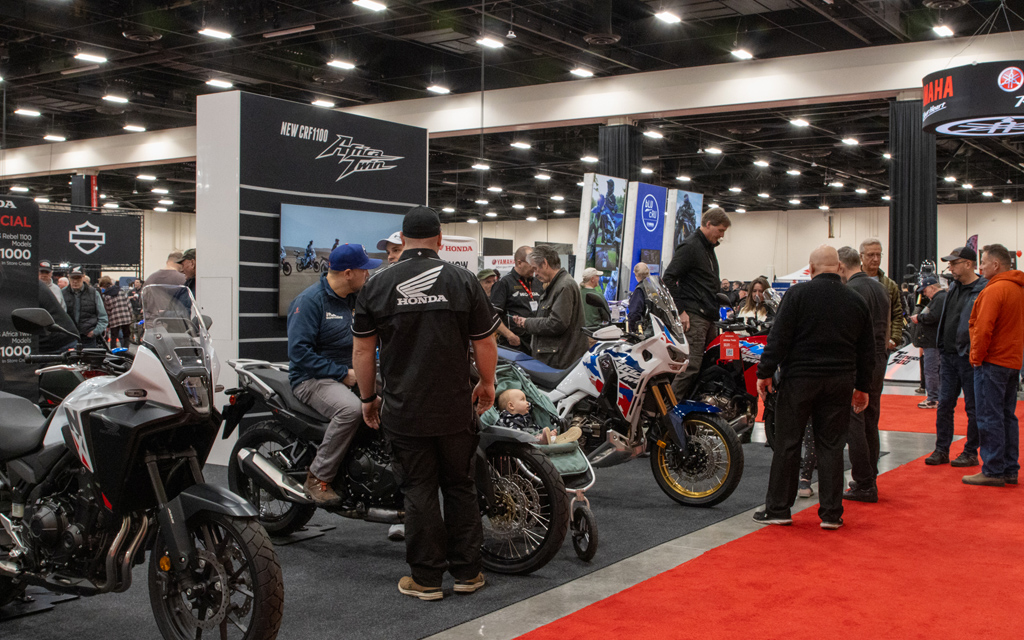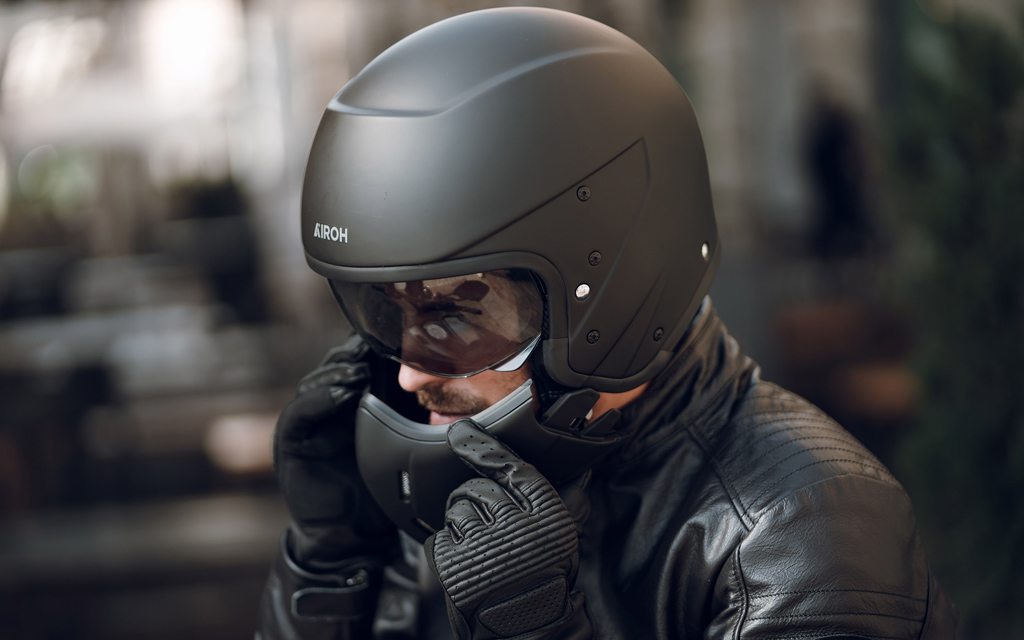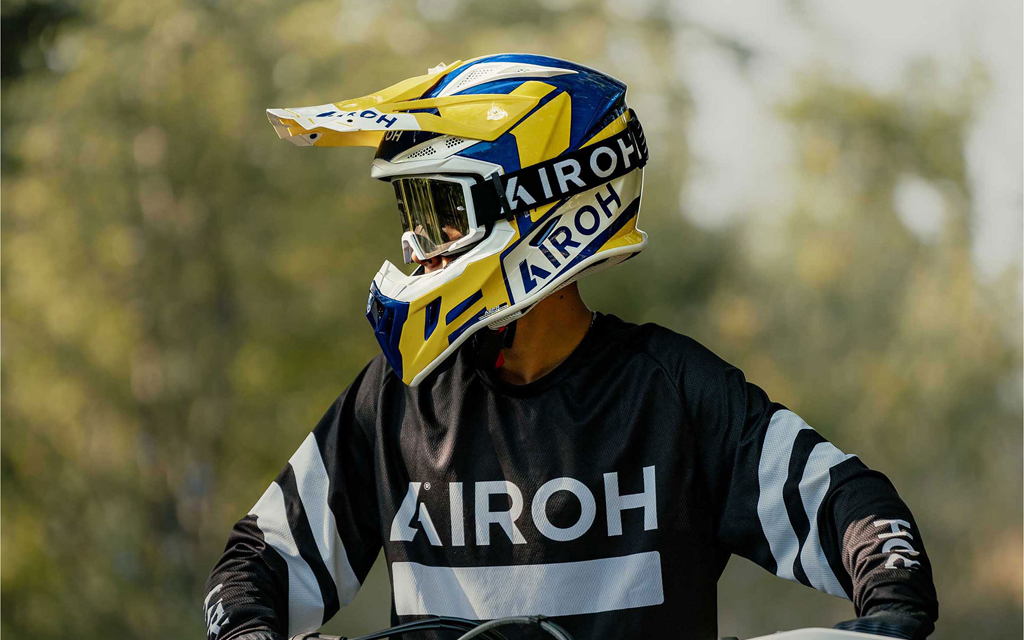Motorcycles enjoy an elegant relationship with the laws of physics. To stay upright they depend on the gyroscopic effects of wheels in motion and constant corrective steering inputs which when put together result in an elegant balancing of forces. But once the wheels stop turning, they will fall.
There is however, another solution.
One of the most unusual threads to emerge over the past decade of motorcycle design has been the return of the three-wheeler. A strange and unnatural looking vehicle at first glance, the three-wheeled motorized cycle has been with us almost from the beginning. The first car, Karl Benz’s Patent Motorwagen, was a three-wheeler. Bicycles in 1880s Paris were fitted with two rear wheels to make them practical delivery vehicles for postal and grocery delivery. Motorcycles evolved from bicycles, starting about the same time, so people experimented with tricycle layouts right away.
Over the past century, the motorized tricycle has seen some modest success, largely as a low-speed, light commercial transport. Notable in the genus’s family history is the 1966 Ariel 3, a scooter fitted with two rear wheels that hinged with the rest of the chassis, allowing the scooter to lean in corners like a regular bike while the rear wheels remained horizontal. The Ariel 3 was a failure but Honda bought a licence for the patented layout, beginning a leaning three-wheel dynasty that continues to this day with the Honda Gyro, Japan’s takeout delivery vehicle of choice.
Throughout most of the 20th century, three-wheeled motorcycles remained a curio, typically nothing more than home-brewed or limited-production aftermarket conversion kits for conventional motorcycles by small companies, often using car parts on the rear end. In the late 1970s, the All Terrain Cycle (ATC) hit the dirt with the promise of making the exploding motocross market safe for kids and grandpa, only to end with nearly 1,000 deaths, and the voluntary ban on ATC production by the major manufacturers.
The scandal of the ATC hinged on one inconvenient fact: three-wheeled vehicles are inherently unstable in parabolic (turning) motion. While the unassisted single-track motorcycle flops on its ear at a standstill, the laws of physics turn decidedly in their favour once they roll along, transforming the motorcycle into a paragon of predictable handling at virtually any speed. By contrast, vehicles with three points of contact are balanced at rest and low-speed, but become prone to tipping when loads change suddenly, such as high-speed cornering, especially downhill.
A three-wheeler in parabolic motion produces an undesirable combination of high torque forces on both the roll and yaw axis that are only too happy to overcome gravity and toss you into a ditch. Sidecar riders know this, which is why they have to adopt counterbalancing body postures when cornering to prevent a roll over, particularly on inclines. Even still, it takes little force for the inside wheel to “unstick,” or lose contact with the ground, which causes the centre of the vehicle’s roll axis to move further to the outside of the turn, overloading the remaining two wheels.
Presented in 2007, Canada’s own BRP launched the Can-Am Spyder reverse tricycle. It looked a lot like the snowmobiles that the company was famous for and it did not lean when cornering. The rider sits astride the Spyder and operates handlebars as on a motorcycle, but all of the wheels are always perpendicular to the ground.
Reverse trikes such as the Can-Am Spyder and Polaris Slingshot have some significant handling advantages over their ATC predecessors. Because they have two wheels up front, they generate substantially more grip when it is needed most, such as during changes in direction and under braking.
However, the sole rear wheel travels along the centre of the roll axis, and so can act as a pivot point during high energy turns, levering the inside wheel off the ground and flipping the vehicle. This is all mathematically predictable, so has been engineered out by using sophisticated electronic counter-measures, without which high-powered three-wheeler are incapable of executing predictable, safe, high-speed turns without flipping. It is a reality of the laws of physics.
The three wheel space is getting lots of attention of late. In 2015 Honda presented the Neowing concept, a leaning three wheeler powered by a hybrid system including an inline four cylinder gasoline engine and a battery powered electric motor. Yamaha upped the game with the Niken, another leaning three wheeler billed as a “cornering master,” powered by the triple from the best-selling MT-09.
With these products it seems highly likely that the world’s largest motorcycle manufacturers will pursue this esoteric corner of the market. It makes sense, and suggests that the holy grail of motorcycling sensation and added safety have been discovered.
According to BRP, the company has sold over 100,000 Spyders. When asked if new entrants from Honda and Yamaha might inspire BRP to try to lean in, Can-Am’s Brian Manning responded, “We are pleased with the platform as it is. Those are different products.”
Motorcyclists looking for thrills without spills may find the leaning three-wheelers attractive. Perhaps smaller and less expensive variants will even bring in newcomers to the sport who have stayed away because of fear. With constant talk of autonomy and the ever-present threat that governments may legislate mandatory occupant safety requirements on motorcycles, the leaning three-wheeler may provide an outlet.
Evidence suggests that, for now at least, leaning is not what the marketplace is asking for.
